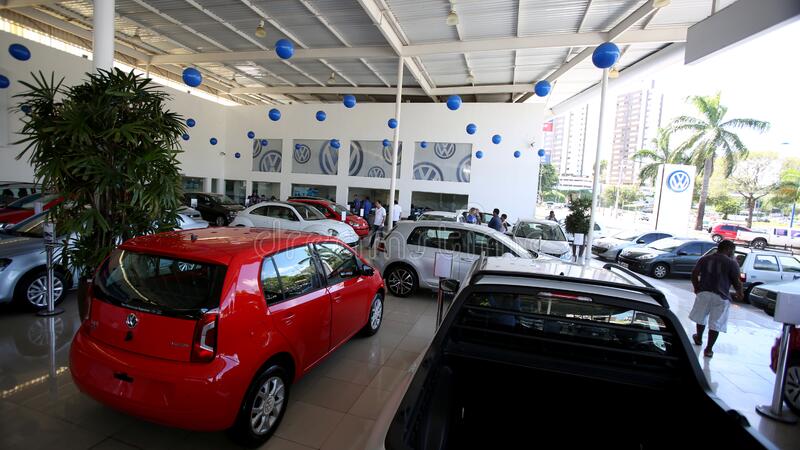RIO DE JANEIRO, BRAZIL – Automobile inventory in plants and dealerships start 2021 at their lowest level ever. According to data released by ANFAVEA, the association comprising the sector’s manufacturers, the current volume of cars is enough for only 12 days of sales. Under normal circumstances, this stock is between 30 and 35 days of sales.

One of the main reasons for this situation is the shortage of parts, a problem that has been dragging on since last year and which has restricted the resumption in production. Moreover, automakers are still faced with the restrictions imposed by Covid-19, with demands for social distancing hindering the full operation of production lines.
The industry has been trying to circumvent these setbacks with overtime (to offset production delays), air transport of components – an expensive solution aimed at shortening delivery times – and even material replacement, when possible.
However, in the case of auto parts, it is not always possible to prevent production line disruptions, as was the case at General Motors (GM). The company was forced to defer by three days the return of year-end recess at its plant in São José dos Campos (SP), because there were insufficient parts to restart the production of the S10 pickup and the TrailBlazer SUV.
The return of workers, scheduled for Monday last week, only occurred on Thursday. According to information from the local union, before the recess GM had already stopped the second shift of models produced in São José for one day, for the same reason.
Steel parts and tires are among the most scarce items. However, there are also reports of a shortage of plastic materials and glass. On Saturday, during the announcement of the final results of the automotive industry in 2020, ANFAVEA poured cold water on the hope of some industrialists, concerning an improvement in the second half of this month.
The trend is for the problem of shortages to drag on until at least February, since restrictions resulting from the second wave of Covid-19 infection hindered production and logistics of suppliers abroad.
According to ANFAVEA’s president Luiz Carlos Moraes, rescheduling caused by the pandemic causes production delays, changes logistical routes and slows down the clearance of supplies at ports. “We can’t say that the matter is totally solved. We hope that the second wave will not bring more problems so that we can manage it the best way possible. The risk, however, still exists.”
Chain
The breakdown is not exclusive to automotive production, but has been exacerbated in this sector because it is a long chain, with many links. Not only in Brazil, but worldwide, the supply chain is unable to keep up with the upsurge, higher than expected, observed in the assembly lines of consumer goods after the pandemic shock.
With the prevention protocols, the number of workers operating simultaneously in plants had to be reduced, leading to a new pace in production lines and, consequently, a waiting line for customers.
Given that speeding up the pace during regular working hours is impossible, even at a time of high industry idleness, plants have been working longer hours in some cases.
Assemblers such as Fiat and Volkswagen Trucks, which produce heavy commercial vehicles in the south of Rio de Janeiro state, did not stop during the last two weeks of the year, as is usually the case. The exceptions were Christmas and New Year holidays.
“Since plants came back into operation after several weeks of stoppage, all of them adopted strict sanitary protocols. They start with the employees’ transportation, and continue to check fever at various times, acrylic partitions and spacing in cafeterias, constant cleaning of changing rooms, bathrooms, work stations, equipment and tools, and also with the scheduling of teams,” says Moraes.
“All this somewhat reduces the rate of production, not to mention the removal of employees in risk groups, as well as those suspected or positive for Covid”.

